Table of Contents
I. Introduction
II. Understanding Continuous Improvement Reports
III. Components of Continuous Improvement Reports
IV. Creating Effective Continuous Improvement Reports
V. Structuring Your Continuous Improvement Reports
VI. Implementing Continuous Improvement Practices
VII. Case Studies: Successful Implementation of Continuous Improvement Reports
VIII. Frequently Asked Questions (FAQs)
IX. Tips for Writing Effective Continuous Improvement Reports
X. Integrating Continuous Improvement with Performance Management
XI. Continuous Improvement Reports in Remote Work Environments
I. Introduction
- What are Continuous Improvement Reports?
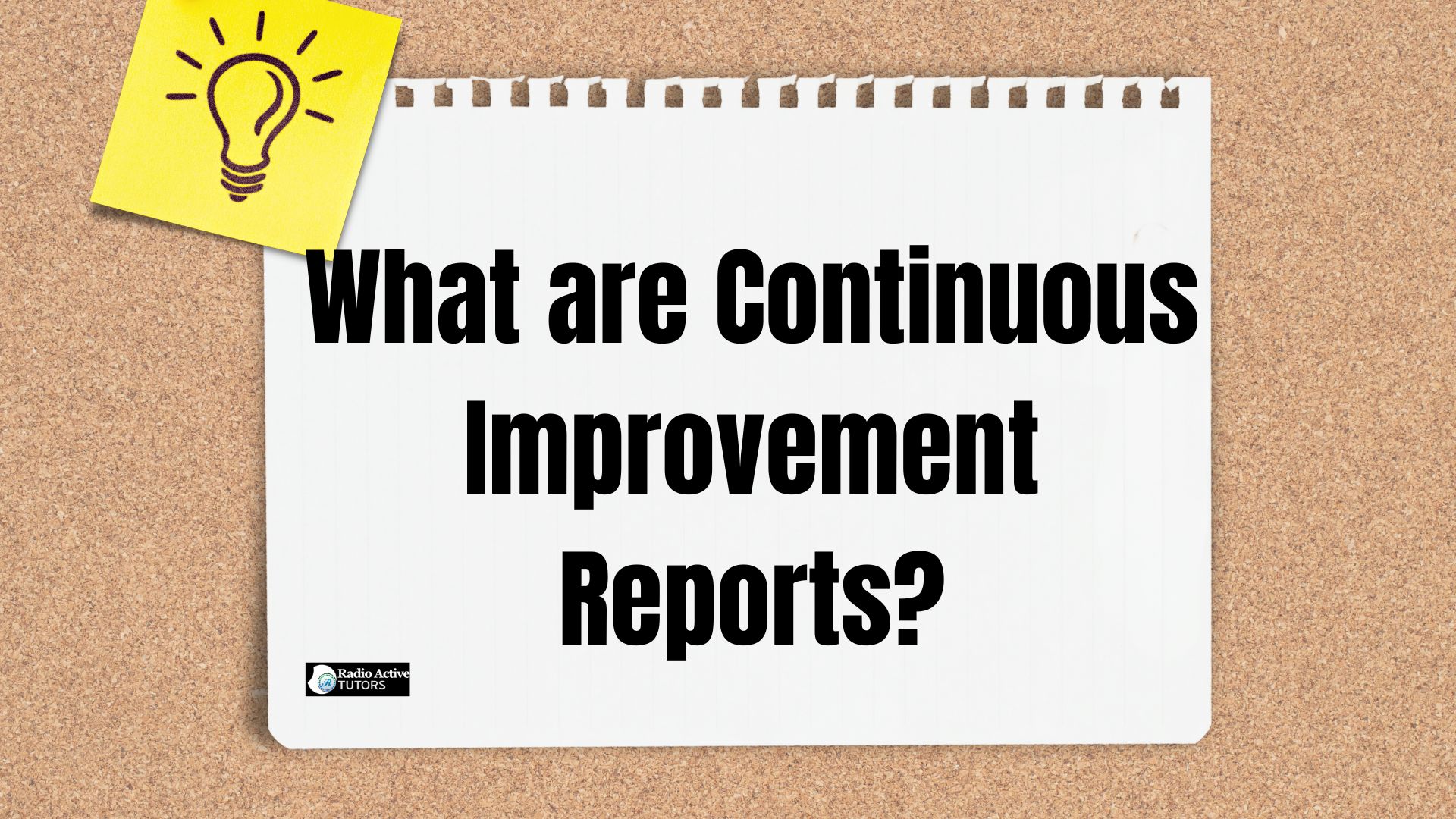
Continuous Improvement Reports are structured documents that track and analyze progress made in enhancing processes, systems, and overall performance within an organization. These reports focus on identifying areas for improvement, measuring key performance indicators (KPIs), and implementing changes to achieve better results over time. They provide a detailed account of initiatives undertaken, outcomes achieved, and areas where further improvements are needed. Continuous Improvement Reports play a crucial role in fostering a culture of ongoing development and efficiency within teams, helping organizations stay competitive by continuously refining their operations based on data-driven insights.
- Importance of Continuous Improvement in the Workplace
Continuous Improvement is vital in the workplace as it enables organizations to adapt, innovate, and grow in a constantly changing environment. By consistently evaluating and refining processes, products, and services, businesses can enhance efficiency, reduce waste, and improve quality. This fosters a culture of innovation and empowers employees to contribute ideas for improvement, ultimately leading to increased productivity and customer satisfaction. Continuous Improvement also plays a crucial role in employee development, as it encourages learning and skill enhancement. It ensures that organizations remain competitive and responsive to market demands, driving long-term success and sustainability.
II. Understanding Continuous Improvement Reports
In understanding Continuous Improvement Reports, they are defined as structured documents that track, analyze, and document progress made in enhancing various aspects of a business or organization. The purpose of these reports is to provide a clear overview of improvement initiatives, measure their effectiveness through key performance indicators (KPIs), and identify areas for further development. They serve as a tool for organizations to systematically review processes, identify inefficiencies, and implement changes that lead to increased efficiency, reduced costs, and improved quality. Continuous Improvement Reports are essential for fostering a culture of continuous learning and growth within an organization, driving ongoing improvement and innovation across all levels.
- Benefits of Implementing Continuous Improvement Reports
Implementing Continuous Improvement Reports offers several benefits to organizations. Firstly, these reports provide valuable insights into operational performance, allowing businesses to identify inefficiencies and areas for improvement. By tracking key metrics and trends over time, organizations can make informed decisions to optimize processes and enhance overall productivity. Continuous Improvement Reports also promote transparency and accountability within teams, fostering a culture of continuous learning and improvement. Furthermore, they enable organizations to align their activities with strategic goals, ensuring that efforts are focused on achieving measurable outcomes. Ultimately, the systematic approach facilitated by Continuous Improvement Reports helps businesses stay competitive, responsive to market changes, and better positioned for long-term success.
- Common Practices in Continuous Improvement Reporting
In understanding Continuous Improvement Reports, several common practices are typically employed to ensure effective reporting and meaningful insights. Firstly, organizations often establish clear objectives and key performance indicators (KPIs) to measure progress and success. Regular data collection and analysis are crucial components, allowing teams to track trends and identify areas for improvement. Many organizations also emphasize the importance of engaging employees at all levels in the improvement process, encouraging feedback and collaboration.
Structuring reports to include detailed analysis, findings, and actionable recommendations is another common practice, ensuring that insights gained are translated into practical improvements. Finally, continuous review and adaptation of improvement strategies based on the data and feedback gathered are essential to maintaining relevance and effectiveness in Continuous Improvement Reporting.
III. Components of Continuous Improvement Reports
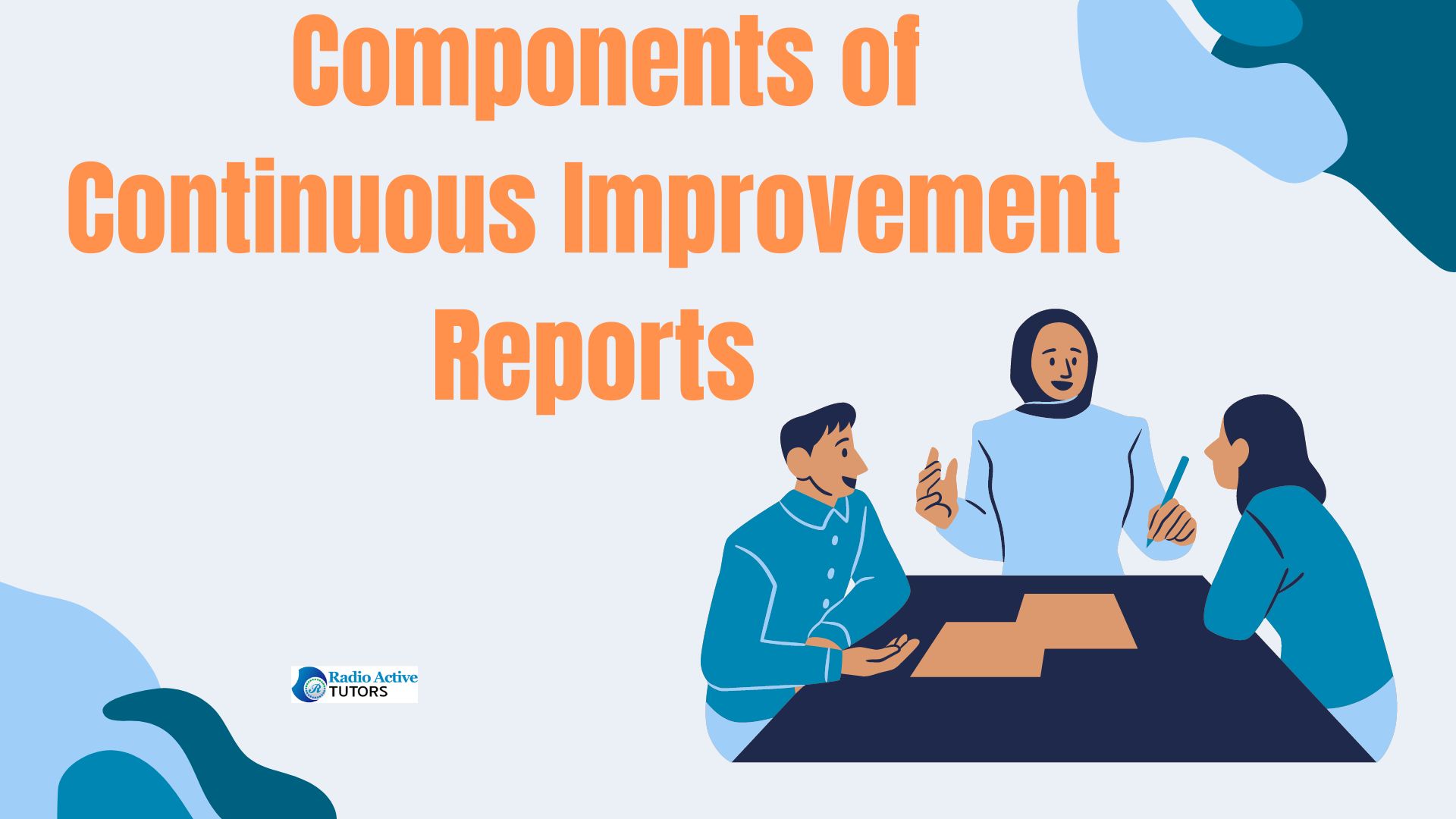
In Employees Continuous Improvement Reports, several key metrics are tracked to assess and enhance organizational performance. These metrics often include productivity rates, quality metrics like defect rates or customer satisfaction scores, efficiency metrics such as cycle times or lead times, and cost metrics such as operational costs or cost savings achieved through improvements. By monitoring these key metrics, organizations can identify trends, pinpoint areas for improvement, and make data-driven decisions to optimize processes and outcomes. Continuous tracking and analysis of these metrics are essential for fostering a culture of continuous improvement and achieving sustainable growth in the workplace.
In Employees Continuous Improvement Reports, effective data collection methods are crucial for gathering the necessary information to evaluate and enhance organizational performance. These methods typically involve a combination of quantitative and qualitative approaches. Quantitative data is often collected through automated systems that track key performance indicators (KPIs), such as productivity metrics, defect rates, and cost savings. Qualitative data, on the other hand, is gathered through interviews, focus groups, or open-ended surveys to capture insights and feedback from employees and stakeholders. By employing a mix of these methods, organizations can obtain a comprehensive view of their operations, identify areas for improvement, and make informed decisions to drive continuous enhancement and innovation.
- Analyzing Trends and Patterns
In Employees Continuous Improvement Reports, analyzing trends and patterns plays a critical role in understanding organizational performance and identifying opportunities for improvement. This process involves examining historical data and current metrics to detect recurring patterns, trends, and anomalies. By conducting thorough analysis, organizations can pinpoint areas of inefficiency, track progress towards goals, and uncover insights that drive informed decision-making. Analyzing trends and patterns also helps in predicting future outcomes and adjusting strategies accordingly to achieve better results. Ultimately, this systematic approach to data analysis supports a culture of continuous improvement, enabling organizations to adapt to changes and enhance overall effectiveness in the workplace.
IV. Creating Effective Continuous Improvement Reports
In Creating Effective Continuous Improvement Reports within Employees Continuous Improvement Reports, setting clear objectives is paramount. Clear objectives provide a roadmap for improvement initiatives, guiding organizations towards specific goals and outcomes. These objectives should be SMART (Specific, Measurable, Achievable, Relevant, and Time-bound), ensuring they are well-defined and actionable. By establishing clear objectives, organizations can focus their efforts on areas that will have the most significant impact on performance. This approach also helps in prioritizing improvement efforts, aligning them with strategic priorities, and providing a basis for measuring progress. Clear objectives foster accountability and transparency, enabling teams to track their performance and demonstrate the effectiveness of their initiatives through the continuous improvement reports.
- Choosing the Right Metrics
In Creating Effective Continuous Improvement Reports within Employees Continuous Improvement Reports, choosing the right metrics is crucial to accurately measure progress and success. It’s important to select metrics that align with organizational goals and are relevant to the areas being improved. These metrics should be specific, measurable, and meaningful, allowing organizations to track performance and identify trends over time. Key metrics may include productivity indicators, quality metrics, customer satisfaction scores, and financial performance metrics. By carefully selecting the right metrics, organizations can gain insights into their operations, identify areas for enhancement, and make informed decisions to drive continuous improvement and achieve sustainable growth.
- Establishing Baselines for Comparison
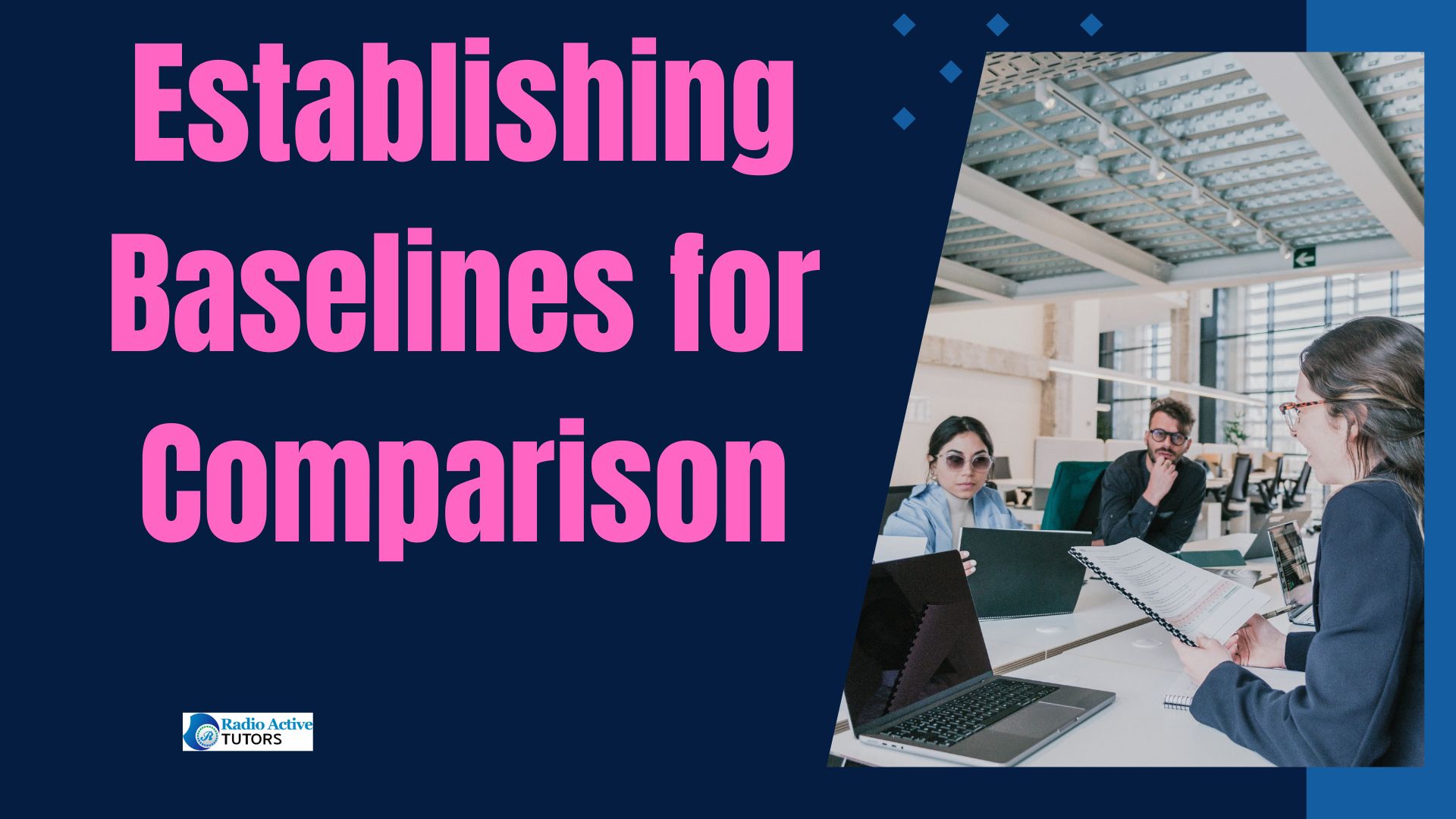
In Creating Effective Continuous Improvement Reports within Employees Continuous Improvement Reports, establishing baselines for comparison is essential to measure progress and assess the impact of improvement initiatives. Baselines serve as benchmarks that represent the initial state of performance before any changes are implemented. These baselines provide a point of reference against which future performance can be compared, allowing organizations to quantify improvements and determine the effectiveness of their efforts. By setting clear baselines, organizations can track changes over time, identify trends, and make data-driven decisions to optimize processes and achieve better outcomes. This practice also helps in setting realistic improvement goals and ensuring that continuous improvement efforts are aligned with strategic objectives.
V. Structuring Your Continuous Improvement Reports
- Introduction to the Report
In Structuring Your Continuous Improvement Reports within Employees Continuous Improvement Reports, the introduction to the report serves as the initial overview that sets the stage for the content that follows. This section typically provides a brief summary of the purpose of the report, outlines the scope of the analysis, and introduces the key metrics and findings that will be discussed in detail. The introduction also establishes the context for why the continuous improvement report is important and how it aligns with organizational goals. It serves as a roadmap for readers, helping them understand the structure of the report and what to expect in terms of analysis and recommendations.
A well-crafted introduction to the report ensures that stakeholders and decision-makers grasp the significance of the findings and are prepared to delve into the detailed analysis that follows.
In Structuring Your Continuous Improvement Reports within Employees Continuous Improvement Reports, the executive summary provides a concise overview of the entire report, highlighting the key findings, conclusions, and recommendations. It aims to give busy stakeholders and decision-makers a quick understanding of the report’s content without needing to read through all the details. The executive summary typically includes a summary of the purpose and scope of the report, a brief description of the methodology used, key metrics and trends identified, major findings from the analysis, and actionable recommendations for improvement. It serves as a crucial communication tool, allowing stakeholders to grasp the essence of the continuous improvement efforts and decide on next steps based on the summarized insights.
- Detailed Analysis and Findings
In Structuring Your Continuous Improvement Reports within Employees Continuous Improvement Reports, the section on detailed analysis and findings provides an in-depth examination of the data collected and analyzed. This part of the report delves into the specifics of performance metrics, trends, and patterns identified through the continuous improvement process. It presents a thorough analysis of the root causes of any issues identified, as well as insights into areas of success and improvement.
The detailed analysis and findings section often includes charts, graphs, and visual representations to illustrate trends and comparisons over time. This detailed examination allows stakeholders to understand the reasons behind the current state of affairs and provides a basis for making informed decisions on strategies for further improvement. It is a critical component of the report, as it supports the recommendations put forward and justifies the actions to be taken to enhance organizational performance.
VI. Implementing Continuous Improvement Practices
- Strategies for Encouraging Employee Feedback
In Implementing Continuous Improvement Practices within Employees Continuous Improvement Reports, strategies for encouraging employee feedback are essential for fostering a culture of collaboration and continuous improvement. Organizations can employ several effective strategies to encourage feedback from employees. This includes creating open channels for communication, such as regular feedback sessions, suggestion boxes, and anonymous surveys.
Additionally, leadership should actively solicit input from employees, demonstrating a commitment to listening and acting on their suggestions. Providing timely and constructive feedback to employees about their ideas and contributions is also crucial to maintaining engagement and trust. By incorporating employee feedback into the continuous improvement process, organizations can leverage frontline insights to identify areas for improvement, address challenges, and ultimately enhance organizational performance and employee satisfaction.
- Involving Employees in the Improvement Process
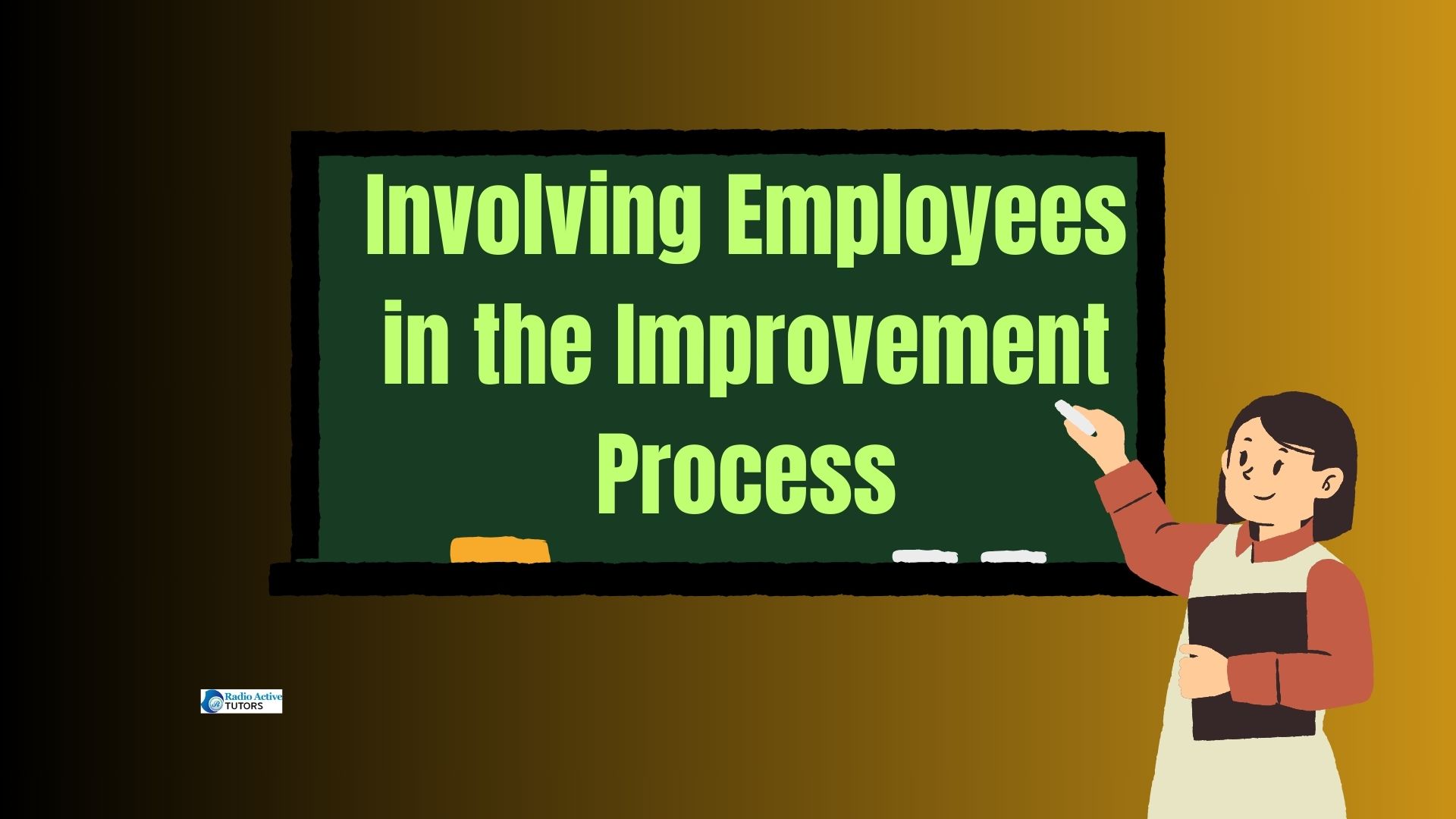
In Implementing Continuous Improvement Practices within Employees Continuous Improvement Reports, involving employees in the improvement process is key to fostering a collaborative and empowered workplace culture. Organizations can achieve this by actively engaging employees at all levels in identifying opportunities for improvement, brainstorming solutions, and implementing changes. This can be done through regular team meetings, workshops, or improvement committees where employees are encouraged to contribute ideas and suggestions.
Empowering employees to take ownership of improvement initiatives not only boosts morale but also leads to more innovative solutions and greater commitment to achieving shared goals. Moreover, providing training and resources to support employees in implementing improvements ensures that they have the tools needed to succeed. By involving employees in the improvement process, organizations can harness the collective knowledge and experience of their workforce to drive continuous improvement, enhance productivity, and achieve sustainable success.
- Best Practices for Continuous Improvement
In Implementing Continuous Improvement Practices within Employees Continuous Improvement Reports, several best practices can ensure the success and effectiveness of continuous improvement initiatives. Firstly, organizations should establish a clear vision and strategy for continuous improvement, aligning it with their overall business goals. It’s crucial to foster a culture that embraces change and encourages innovation, where employees feel empowered to suggest improvements and take ownership of the process. Effective communication is essential, ensuring that everyone is informed about improvement efforts, progress, and outcomes.
Additionally, organizations should prioritize data-driven decision-making, using key metrics and performance indicators to measure progress and identify areas for enhancement. Regular evaluation and review of improvement initiatives are also necessary to ensure that they remain relevant and effective. Finally, continuous improvement should be seen as a long-term commitment, with leadership support and resources allocated to sustain the effort over time. By following these best practices, organizations can create a culture of continuous improvement that drives operational excellence and enhances overall organizational performance.
VII. Case Studies: Successful Implementation of Continuous Improvement Reports
In Employees Continuous Improvement Reports, case studies detailing successful implementations of continuous improvement reports provide valuable insights into real-world applications and outcomes. These case studies typically highlight organizations that have effectively utilized continuous improvement reports to achieve significant improvements in various aspects of their operations. They showcase specific challenges faced, strategies implemented, and measurable results achieved through the use of data-driven insights and continuous monitoring.
By examining these case studies, organizations can learn from best practices, adapt successful strategies to their own contexts, and gain inspiration for their own continuous improvement efforts. Case studies serve as powerful tools for demonstrating the tangible benefits of continuous improvement reports, illustrating their impact on productivity, quality, customer satisfaction, and overall business success.
VIII. Frequently Asked Questions (FAQs)
- What are continuous improvement reports?
- Why are continuous improvement reports important?
- How do you create a continuous improvement report?
- What metrics should be included in continuous improvement reports?
- How can continuous improvement reports benefit employees?
IX. Tips for Writing Effective Continuous Improvement Reports
- Using Visuals to Enhance Clarity
In Tips for Writing Effective Continuous Improvement Reports within Employees Continuous Improvement Reports, using visuals to enhance clarity is essential for effectively communicating complex information. Visuals such as charts, graphs, diagrams, and infographics can help illustrate trends, patterns, and relationships in data that might be difficult to convey through text alone. These visuals not only enhance understanding but also make the information more engaging and memorable for readers. When using visuals, it’s important to choose the right type that best represents the data and supports the narrative of the report.
Additionally, visuals should be clear, concise, and properly labeled to ensure they convey the intended message accurately. By incorporating visuals strategically throughout the report, organizations can improve comprehension, facilitate decision-making, and strengthen the overall impact of their continuous improvement efforts.
- Keeping Reports Concise and Relevant
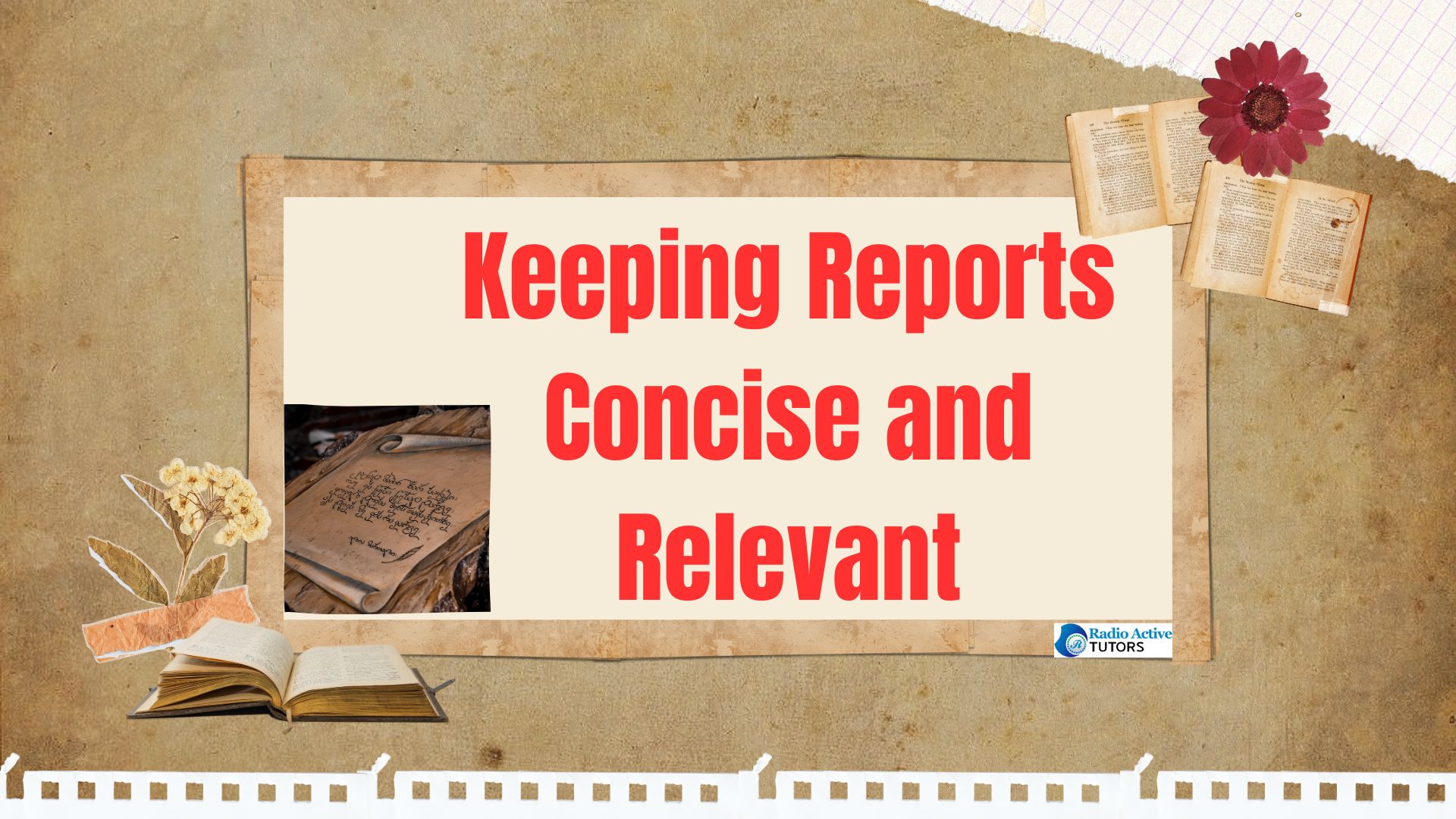
In Tips for Writing Effective Continuous Improvement Reports within Employees Continuous Improvement Reports, keeping reports concise and relevant is crucial to ensuring their effectiveness and impact. Conciseness ensures that the report focuses on the most important information and avoids overwhelming readers with unnecessary details. This includes summarizing findings, insights, and recommendations in a clear and succinct manner.
Furthermore, relevance ensures that the content of the report directly addresses the objectives and key metrics identified at the outset. By maintaining a clear focus on the most pertinent information, organizations can keep stakeholders engaged and ensure that the report is actionable. This approach helps in driving decision-making and fostering continuous improvement efforts that are aligned with organizational goals and priorities.
- Incorporating Feedback from Stakeholders
In Tips for Writing Effective Continuous Improvement Reports within Employees Continuous Improvement Reports, incorporating feedback from stakeholders is essential for ensuring that the reports are comprehensive and meaningful. Stakeholder feedback provides valuable insights into the impact of improvement initiatives, as well as identifying areas for further refinement. It’s important to actively seek input from various stakeholders, including employees, managers, and customers, to gather diverse perspectives and experiences. This feedback can be obtained through surveys, interviews, focus groups, and regular review meetings.
By integrating stakeholder feedback into the continuous improvement reports, organizations can enhance the accuracy and relevance of their analyses, strengthen stakeholder engagement, and build trust in the improvement process. This collaborative approach not only improves the quality of the reports but also fosters a culture of transparency and continuous learning within the organization.
X. Integrating Continuous Improvement with Performance Management
In Employees Continuous Improvement Reports, integrating continuous improvement with performance management is crucial for driving organizational success. This integration involves aligning improvement efforts with the overarching goals of performance management systems, such as enhancing employee productivity, quality of work, and overall organizational effectiveness. By linking continuous improvement initiatives with performance metrics and goals, organizations can systematically track progress, identify areas for development, and recognize achievements.
This approach fosters a culture of continuous learning and growth, where employees are motivated to contribute to improvement efforts and are recognized for their contributions. Integrating continuous improvement with performance management also ensures that improvement initiatives are strategically aligned with the organization’s mission and objectives, ultimately leading to enhanced operational efficiency and competitive advantage in the marketplace.
XI. Continuous Improvement Reports in Remote Work Environments
In Employees Continuous Improvement Reports, continuous improvement reports in remote work environments are particularly vital due to the unique challenges and opportunities presented by distributed teams. These reports focus on assessing and optimizing processes, communication, and collaboration methods tailored to remote work settings. They often include metrics such as productivity benchmarks, communication efficiency, and employee engagement levels specific to remote work. Continuous improvement reports in remote environments help organizations identify and address challenges like communication gaps, isolation, and workflow inefficiencies.
They also highlight successful strategies and best practices that contribute to team cohesion, productivity, and overall success in a remote work environment. By leveraging data-driven insights from these reports, organizations can adapt and refine their remote work strategies, ensuring sustained productivity and employee satisfaction.
